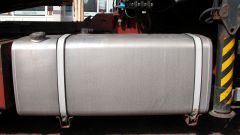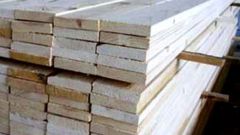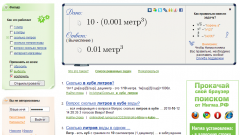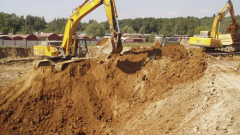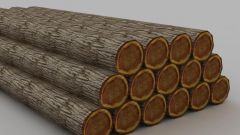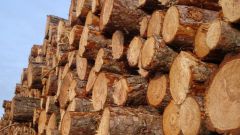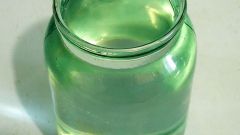You will need
- calculator, sheet of paper and a pen in his absence.
Instruction
1
Determine what kind of product do you need to translate. If it is a subject that can be measured by the meter, the definition of cubic metres will not have any problems. Is simply to multiply the value of length, width and height measured in metres of each other. For example, the length – 3 meters, height 1 meter, width – 15 meters. Example calculation – multiply 1 15 and 3. Work values – 45 cubic metres (or cubic meters).
2
Please note that you can only be known mass of the substance, for example, concrete. In this case, you should pay attention to the density of a substance when calculating the number of cubic meters.
3
Perform the following calculations in determining the volume. It is known that each substance has its own specific weight, which corresponds to the weight of one cubic decimeter or one liter (for liquids). So water has a specific gravity of 1.0 kg/dm3. This means that 1000 litres is one cubic meter. Thus, to determine the number of cubic meters, based on existing weight, you need to know the specific weight of the substance.
4
Measure cubic volume be another simple way. To do this, immerse the object whose volume in cubic meters you need to know in the water. The volume of displaced water equals the volume of the object. As the proportion of water, which was above 1.0 kg/dm3, the amount you calculate fast enough.
Note
When translating the one into the other should pay attention primarily on the density of matter, as its specific weight can be used in the calculations. In addition, the need to use measuring instruments for carrying out measurements. Can be used and the standard means. For example, the thing whose length you know. If you come across the concept of "meter", it means ordinary meter, defined in length.
Useful advice
Please note that it is not always simple to calculate cubic volume. Sometimes not only need to know linear (or linear) size. To determine the cubic volume of homogeneous substances without gaps may be sufficient measurements to be made. And to determine the amount of heterogeneous items between them because of their status or nature can be gaps (wood, metal objects, details, etc.), it is necessary to resort to more complex calculations using specific gravity or density of a substance and its weight.


